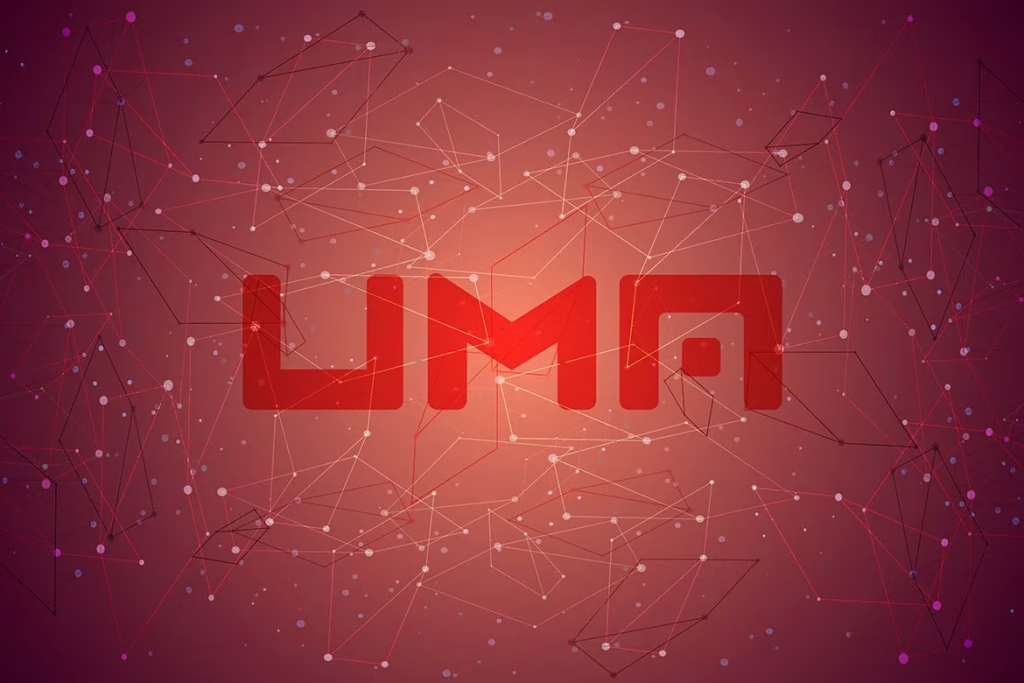Built on the Ethereum blockchain, UMA (Universal Market Access) is an open-source protocol meant to support the synthesis of financial contracts and synthetic assets. The main goal of UMA is to give distributed finance (DeFi) worldwide market access so that anybody may develop, trade, and manage synthetic assets replicas of real-world value.
How UMA Works
Operating via a distributed oracle system and smart contracts, which guarantee data quality and dependability utilized in the construction of synthetic assets, UMA is without the need for conventional financial intermediaries; these assets can show everything from equities and commodities to cryptocurrency, therefore providing consumers with a wide range of investment possibilities.
Key Features and Benefits
Decentralized Oracles: Using a distributed oracle architecture, UMA offers accurate and safe data feeds for smart contracts. This guarantees the synthetic assets produced on the platform their integrity and openness.
Synthetic Assets: UMA democratizes access to several financial markets by letting people produce synthetic assets. These synthetic assets help consumers to be exposed to assets without really owning them, hence lowering obstacles to access for worldwide investors.
Universal Market Access: The main goal of UMA is to make financial markets available to everyone, from all geographical areas to every financial level. By using blockchain technology to replace centralized financial institutions, one can attain this inclusiveness.
Use Cases and Applications
The DeFi scene finds great use for UMA’s protocol. Synthetic forms of classic financial products, including bonds, futures, and options, can be produced using it. Furthermore, UMA’s adaptability lets new financial products catered to DeFi users’ particular needs—such as risk management tools and yield farming derivatives—develop.
The UMA Token
The ecology of the platform depends much on the UMA token. It is utilized for governance; token holders may vote on important protocol improvements and modifications. UMA tokens are also placed as collateral to support the synthetic assets developed on the platform, therefore guaranteeing their stability and value.
Future Prospects
UMA is positioned to dominate synthetic assets and financial contracts as the DeFi space expands. Its open-source character and emphasis on equality and accessibility help make it a potent tool for distributed finance going forward.
Conclusion
UMA is a novel protocol that lets consumers all over in distributed financial markets. UMA removes conventional limitations and democratizes access to a large spectrum of financial instruments by allowing the production and trade of synthetic assets. UMA is going to become increasingly important as DeFi develops in determining the direction of world finance.
You can also freely share your thoughts and comments about the topic in the comment section. Additionally, don’t forget to follow us on our Telegram, YouTube, and Twitter channels for the latest news and updates.


